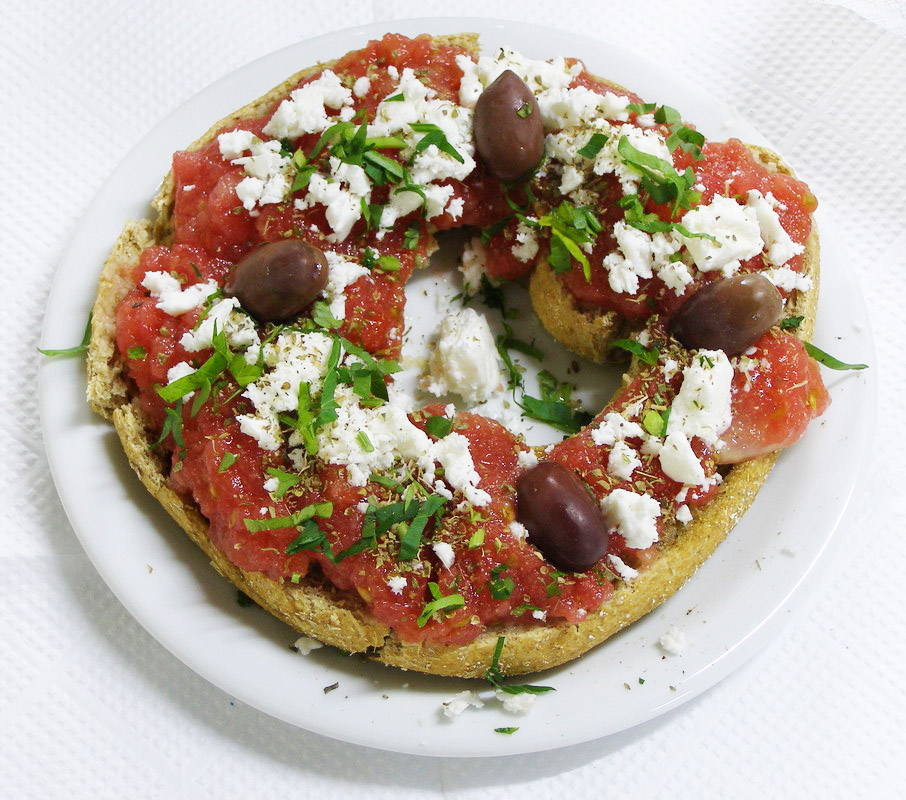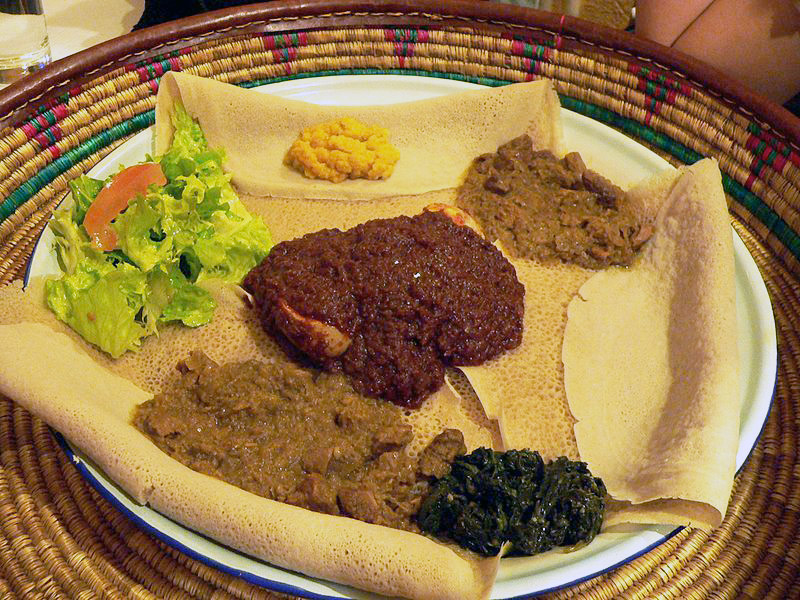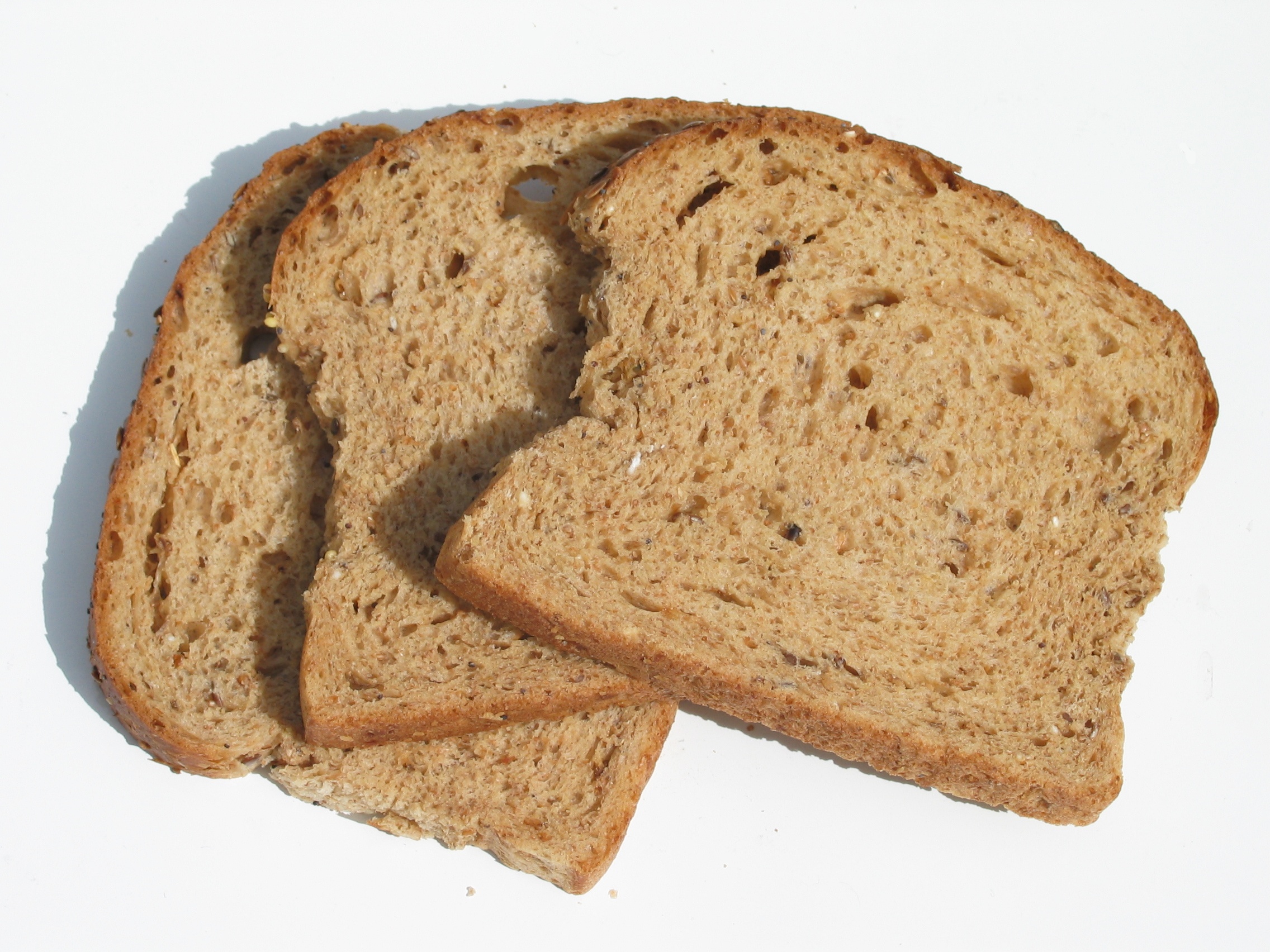|
List Of Bread Dishes
This is a list of bread dishes and foods, which use bread as a primary ingredient. Bread is a staple food prepared from a dough of flour and water, usually by baking. Throughout recorded history it has been popular around the world and is one of the oldest artificial foods, having been of importance since the dawn of agriculture. Bread dishes * * * * * * * Bread bowl * * * * * * * * * * * * * * * * * * * * * * * * * * * * * * * * * * * * * * * Bread salads * Cappon magro * Dakos * Fattoush * Panzanella Bread soups Bread soup is a simple soup that mainly consists of stale bread in a meat or vegetable broth. * * * * * * * Ribollita, a Tuscan bread soup * * Tharid, an Arab bread soup that spread to multiple other cuisines * * * Zuppa Toscana Jeon Jeon refers to many pancake-like dishes in Korean cuisine. * * * * * * * File:Korean pancake-Bindaetteok-04.jpg, Bindaetteok File:Korean pancake-Jindallae h ... [...More Info...] [...Related Items...] OR: [Wikipedia] [Google] [Baidu] |
Dakos
Dakos or ntakos (), also known as koukouvagia or koukouvayia (κουκουβάγια, "owl") or kouloukopsomo (from ''koulouki'' + ''psomi'', pup + bread, allegedly the bread given to puppies), is a Cretan appetizer consisting of a slice of soaked dried bread or barley rusk ('' paximadi'') topped with chopped tomatoes and crumbled feta or mizithra cheese, and flavored with herbs such as dried oregano. Olives The olive, botanical name ''Olea europaea'' ("European olive"), is a species of Subtropics, subtropical evergreen tree in the Family (biology), family Oleaceae. Originating in Anatolia, Asia Minor, it is abundant throughout the Mediterranean ... and pepper can also be added. The dish is similar to the Catalan '' pa amb tomàquet'' and the Italian frisella. References Cypriot cuisine Bread salads Bread dishes Meze Crete Olive dishes Greek cuisine Cretan cuisine {{Greece-cuisine-stub ... [...More Info...] [...Related Items...] OR: [Wikipedia] [Google] [Baidu] |
Bindaetteok
''Bindae-tteok'' (), or mung bean pancake, is a type of ''buchimgae'' (Korean pancake) that originated in the Pyongan Province. * It is made by grinding soaked mung beans, adding vegetables and meat and pan-frying it into a round, flat shape. Etymology and history ''Bindae-tteok'' first appears under the name () in the '' Guidebook of Homemade Food and Drinks'', a 1670 cookbook written by Jang Gye-hyang. The word appears to be derived from (), the Middle Korean transcription of the hanja word , whose first character is pronounced ''bǐng'' and means "round and flat pancake-like food". The pronunciation and the meaning of the second letter are unknown. ''Tteok'' () means a steamed, boiled, or pan-fried cake; usually a rice cake but in this case a pancake. During the Joseon era (1392–1897), richer households would dispense ''bindae-tteok'' to poorer people gathered outside the South Great Gate of Seoul during times of hardship. Bindaetteok was often eaten in the northwester ... [...More Info...] [...Related Items...] OR: [Wikipedia] [Google] [Baidu] |
Korean Cuisine
Korean cuisine is the set of foods and culinary styles which are associated with Korean culture. This cuisine has evolved through centuries of social and political change. Originating from ancient Prehistoric Korea, agricultural and nomadic traditions in Korea and southern Manchuria, Korean cuisine reflects a complex interaction of the natural environment and different cultural trends. Korean cuisine is largely based on rice, vegetables, seafood and (at least in South Korea) meats. Dairy is largely absent from the traditional Korean diet. Traditional Korean meals are named for the number of side dishes () that accompany steaming, steam-cooked short-grain rice. Kimchi is served at nearly every meal. Commonly used ingredients include sesame oil, (fermented bean paste), Korean soy sauce, soy sauce, salt, garlic, ginger, (chili pepper, pepper flakes), (fermented red chili paste) and napa cabbage. Ingredients and dishes vary by province. Many regional dishes have become nat ... [...More Info...] [...Related Items...] OR: [Wikipedia] [Google] [Baidu] |
Pancake
A pancake, also known as a hotcake, griddlecake, or flapjack, is a flat type of batter bread like cake, often thin and round, prepared from a starch-based Batter (cooking), batter that may contain eggs, milk, and butter, and then cooked on a hot surface such as a griddle or frying pan. Archaeological evidence suggests that pancakes were probably eaten in prehistoric societies. The pancake's shape and structure varies worldwide. In England, pancakes are often Leavening agent, unleavened and resemble a crêpe. In Scotland and North America, a leavening agent is used (typically baking powder) creating a thick fluffy pancake. A ''crêpe'' is a thin pancake of Brittany, Breton origin cooked on one or both sides in a special pan or crepe maker to achieve a lacelike network of fine bubbles. A well-known variation originating from southeast Europe is palatschinke, a thin moist pancake fried on both sides and filled with jam, cream cheese, chocolate, or ground walnuts, but many other f ... [...More Info...] [...Related Items...] OR: [Wikipedia] [Google] [Baidu] |
Jeon (food)
''Jeon'' () is a fritter in Korean cuisine made by seasoning whole, sliced, or minced fish, meat, vegetables, etc., and coating them with wheat flour and egg wash before frying them in oil. ''Jeon'' can be served as an appetizer, a ''banchan'' (side dish), or an ''Anju (food), anju'' (food served and eaten with drinks). Some jeons are sweet desserts; one such variety is called ''hwajeon'' (literally "flower ''jeon''"). Names Although ''jeon'' can be considered a type of ''buchimgae'' in a wider sense, ''buchimgae'' and ''jeons'' are different dishes. ''Jeons'' are smaller and made with fewer ingredients than ''buchimgae''. ''Jeon'' can also be called ''jeonya'' (), especially in Korean royal court cuisine context. ''Jeonya'' is sometimes called ''jeonyueo'' () or ''jeonyuhwa'' (). The variety of jeon made for jesa (ancestral rite) are called ''gannap'' (). ''Gannap'' are usually made of liver (food), beef liver, omasum, or fish as food, fish. Types Almost all ''jeons'' ... [...More Info...] [...Related Items...] OR: [Wikipedia] [Google] [Baidu] |
Zuppa Toscana
(), also known in Italy as (), is a soup from the region of Tuscany, northern Italy. While there are many variations, its most common ingredients are cannellini beans, potatoes, and kale. History According to the older generation, ('s ancestor) was originally created as a way to use up leftover stale bread. For the poor, it was a waste to throw this bread away; instead they made a watery soup out of it. has been part of Italian culture for a long time—so long, in fact, that there are legends about Leonardo da Vinci eating it himself. This soup has become part of Tuscan identity. Similarly-named dishes The American restaurant chain Olive Garden offers a very different soup under the name . Rather than being based on beans, it is made with Italian sausage, red pepper, onion, bacon, garlic, chicken broth, cream, potatoes, and kale. See also * Bread soup Bread soup is a simple soup that mainly consists of bread, usually staling, stale bread. Variations exist in many cou ... [...More Info...] [...Related Items...] OR: [Wikipedia] [Google] [Baidu] |
Tharid
Tharid (, also known as ''trid'', ''taghrib'', ''tashreeb'' or ''thareed'') is a bread soup that originates from Mecca, Saudi Arabia, an Arab cuisine also found in many other Arab countries. Like other bread soups, it is a simple meal of broth and bread, in this instance crumbled flatbread moistened with broth or stew. Historically, the flatbread used was probably stale and unleavened. As an Arab national dish it is considered strongly evocative of Arab identity during the lifetime of the Islamic prophet Muhammad. According to a widespread legend, this unremarkable and humble dish was the prophet's favorite food. It is a common Ramadan dish. Origin The dish is a mainstay of Arab culture, notable in that it is mentioned in a number of hadith attributed to the Islamic prophet Muhammad, in which he said that tharid was the best of all dishes, being superior to all others in the same way that his beloved third wife, the wise young Aishah, was superior to all other women. Spread Thar ... [...More Info...] [...Related Items...] OR: [Wikipedia] [Google] [Baidu] |
Ribollita
''Ribollita'' () is a Tuscan bread soup, panade, porridge, or potage made with bread and vegetables, often from leftovers. There are many variations, but the usual ingredients include leftover bread, cannellini beans, lacinato kale, cabbage and inexpensive vegetables such as carrot, beans, chard, celery, potatoes and onion. It is often baked in a clay pot. Like most Tuscan cuisine, the soup has peasant origins. It was originally made by reheating (or reboiling) the leftover minestrone or vegetable soup from the previous day with stale bread. Some sources date it back to the Middle Ages, when the servants gathered up food-soaked bread trenchers from feudal lords' banquets and boiled them for their dinners. History It is a typical poverty food of peasant origins, whose name derives from the fact that the peasants cooked a large quantity of it (especially on Fridays, as it is a fasting food) and then re-boiled it on the following days (hence "''ribollita''"). The dish is ... [...More Info...] [...Related Items...] OR: [Wikipedia] [Google] [Baidu] |
Broth
Broth, also known as bouillon (), is a savory liquid made of water in which meat, fish, or vegetables have been simmered for a short period of time. It can be eaten alone, but it is most commonly used to prepare other dishes, such as soups, gravies, and sauces. Commercially prepared liquid broths are available, typically chicken, beef, fish, and vegetable varieties. Dehydrated broth in the form of bouillon cubes was commercialized beginning in the early 20th century. Stock versus broth Many cooks and food writers use the terms ''broth'' and ''stock'' interchangeably. In 1974, James Beard (an American cook) wrote that stock, broth, and bouillon "are all the same thing". While many draw a distinction between stock and broth, the details of the distinction often differ. One possibility is that stocks are made primarily from animal bones, as opposed to meat, and therefore contain more gelatin, giving them a thicker texture. Another distinction that is sometimes made i ... [...More Info...] [...Related Items...] OR: [Wikipedia] [Google] [Baidu] |
Staling
Staling, or "going stale", is a chemical and physical process in bread and similar foods that reduces their palatability. Stale bread is dry and hard, making it less suitable for different culinary uses than fresh bread. Countermeasures and destaling techniques may reduce staling. Mechanism and effects Staling is a chemical and physical process in bread that reduces its palatability. Staling is not simply a drying-out process caused by evaporation. One important mechanism is the migration of moisture from the starch granules into the interstitial spaces, degelatinizing the starch; stale bread's leathery, hard texture results from the starch amylose and amylopectin molecules realigning and causing recrystallisation. Stale bread is dry and hard. Bread will stale even in a moist environment and stales most rapidly at temperatures just above freezing. While bread that has been frozen when fresh may be thawed acceptably, contrary to popular belief, bread stored in a refrigerator w ... [...More Info...] [...Related Items...] OR: [Wikipedia] [Google] [Baidu] |
Bread Soup
Bread soup is a simple soup that mainly consists of bread, usually staling, stale bread. Variations exist in many countries, and it is often eaten during Lent. Both brown bread, brown and white bread may be used. The basis for bread soup is traditionally either meat soup or vegetable broth. Less often it is made with fish broth. To prepare the dish, the bread is either cut into pieces and put directly into the broth, or it is cooked with onions and spices in a broth and then Purée, pureed. Some versions add bacon, egg and cream, others liver sausage or blood sausage. A common version of the dish is prepared from the broth remaining from the steeping of sausage during home butchering of pigs. The soup is then traditionally seasoned with marjoram. An Italian variation, ''millefanti'', also uses egg and Parmesan, Parmesan cheese. Some fine variations contain wine. Other more rustic versions contain malt or beer. Brewis Brewis is a type of bread soup associated with the cuisine ... [...More Info...] [...Related Items...] OR: [Wikipedia] [Google] [Baidu] |





